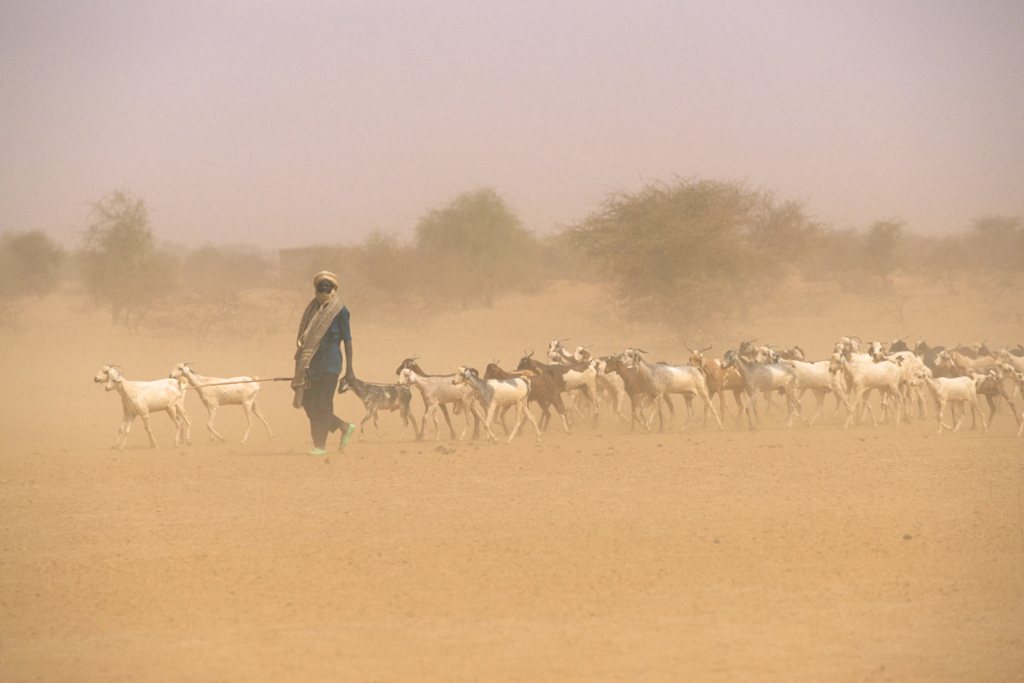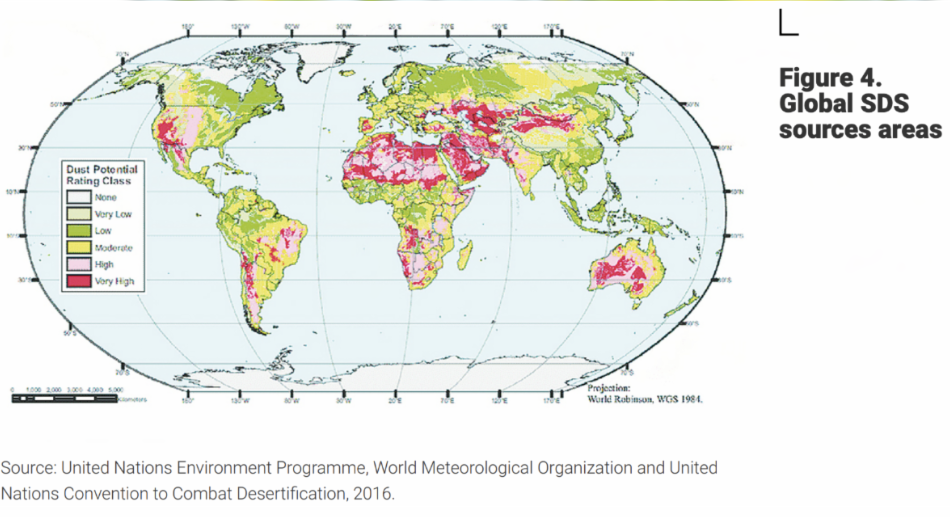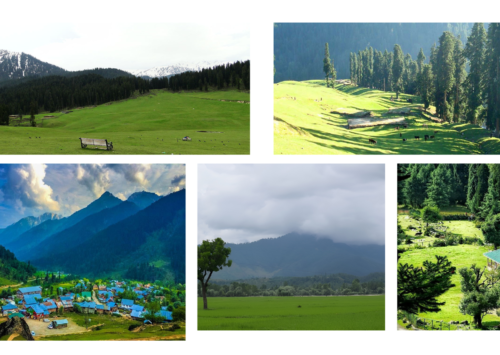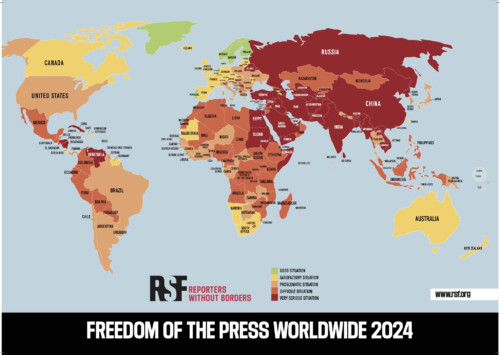Sand & dust storms dramatically more in frequency, says UN report
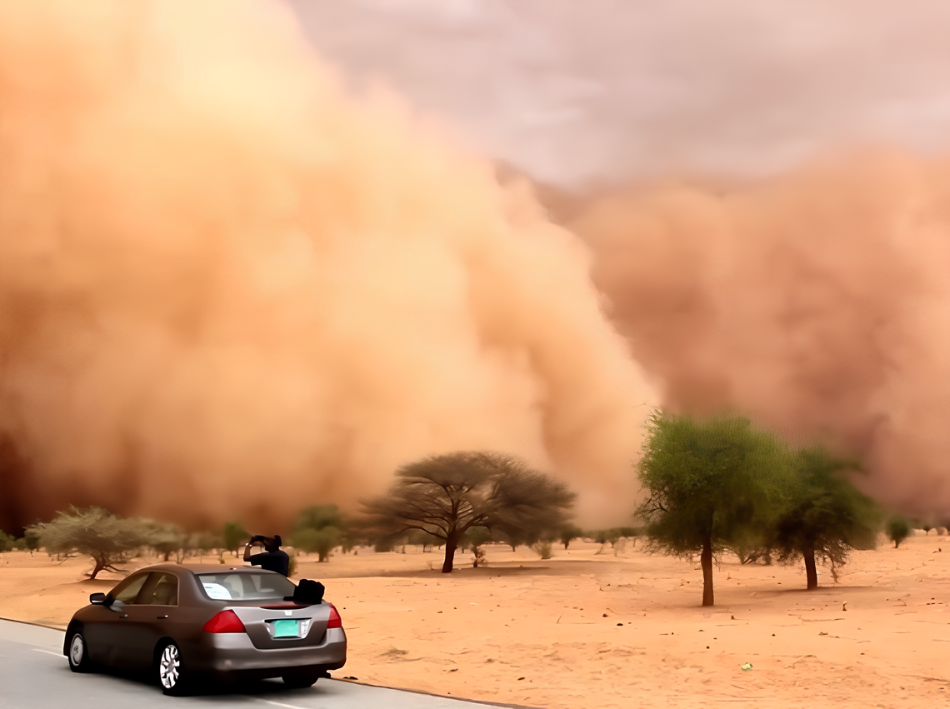
Sand and dust storms problem is exacerbated by poor land and water management, droughts, and climate change, according to UNCCD experts
Sand and dust storms are an under-appreciated problem now dramatically more frequent in some places worldwide, with at least 25 pc of the phenomenon attributed to human activities, according to the UN Convention to Combat Desertification (UNCCD).
The warning by the UNCCD has come coinciding with a meeting that took place recently in Samarkand, Uzbekistan to take stock of global progress in the Convention’s implementation.
The UNCCD is one of three Conventions originated at the 1992 Earth Summit in Rio de Janeiro. The other two address climate change (UNFCCC) and biodiversity (UN CBD).
“The sight of rolling dark clouds of sand and dust engulfing everything in their path and turning day into night is one of nature’s most intimidating spectacles. “It is a costly phenomenon that wreaks havoc everywhere from Northern and Central Asia to sub-Saharan Africa,” says Ibrahim Thiaw, UNCCD’s Executive Secretary.
‘‘Sand and dust storms present a formidable challenge to achieving sustainable development. However, just as sand and dust storms are exacerbated by human activities, they can also be reduced through human actions,” adds Thiaw.
While sand and dust storms (SDS) are a regionally common and seasonal natural phenomenon, the problem is exacerbated by poor land and water management, droughts, and climate change, according to UNCCD experts.
And fluctuations in their intensity, magnitude, or duration can make SDS unpredictable and dangerous.
With impacts far beyond the source regions, an estimated 2 billion tonnes of sand and dust now enters the atmosphere every year, an amount equal in weight to 350 Great Pyramids of Giza.
In some areas, desert dust doubled in the last century, warns the UN report.
‘‘Sand and dust storms (SDS) have become increasingly frequent and severe having substantial transboundary impacts, affecting various aspects of the environment, climate, health, agriculture, livelihoods and the socioeconomic well-being of individuals. The accumulation of impacts from sand and dust storms can be significant,” says Feras Ziadat, Technical Officer at the Food and Agriculture Organisation of the UN (FAO), Chair of the UN Coalition on Combating Sand and Dust Storms.
“In source areas, they damage crops, affect livestock, and strip topsoil. In depositional areas atmospheric dust, especially in combination with local industrial pollution, can cause or worsen human health problems such as respiratory diseases,’’ adds Ziadat.
Communications, power generation, transportation, and supply chains can also be disrupted by low visibility and dust-induced mechanical failures. The United Nations Coalition on Combating Sand and Dust Storms, chaired by FAO, was created in 2019 to lead global efforts to address SDS.
The statement adds that the UNCCD, FAO and partners offer guidance on approaches and methodologies for collecting and assessing SDS data, monitoring and early warning, impact mitigation and preparedness, and source mapping and anthropogenic source mitigation at sub-national, national, regional and global levels.
The UN warns that the world is now losing nearly 1 million sqkm of healthy and productive land every year, some 4.2 million sqkm between 2015-2019, or roughly the combined area of five Central Asian nations of Kazakhstan, Kyrgyzstan, Tajikistan, Turkmenistan and Uzbekistan.
The report says that while SDS can fertilise both land and marine ecosystems, they also present a range of hazards to human health, livelihoods and the environment.
SDS events typically originate in low-latitude drylands and sub-humid areas where vegetation cover is sparse or absent.
They can also occur in other environments, including agricultural and high-latitude areas in humid regions, when specific wind and atmospheric conditions coincide. SDS events can have substantial transboundary impacts, over thousands of kilometers. Unified and coherent global and regional policy responses are needed, especially to address source mitigation, early warning systems, and monitoring.
SDS often have significant economic impacts: for example, they cost the oil sector in Kuwait an estimated USD 190 million annually, while a single SDS event in 2009 resulted in damage estimated at USD 229 – 243 million in Australia.
The major global sources of mineral dust are in the northern hemisphere across North Africa, the Middle East and East Asia. In the southern hemisphere, Australia, South America and Southern Africa are the main dust sources.
More than 80 pc of Central Asia is covered by deserts and steppes which, coupled with climate change and lasting droughts, represent a major natural source of sand and dust storms.
The dried-up Aral Sea is a major source of SDS, emitting more than 100 million tonnes of dust and poisonous salts every year, impacting the health not just of the people living in the vicinity, but far beyond and generating annual losses of USD 44 million.

